This Road Trip Takes You To Magnificent Great Lakes And Appalachian Gardens
Eleven must-visit gardens in the central states
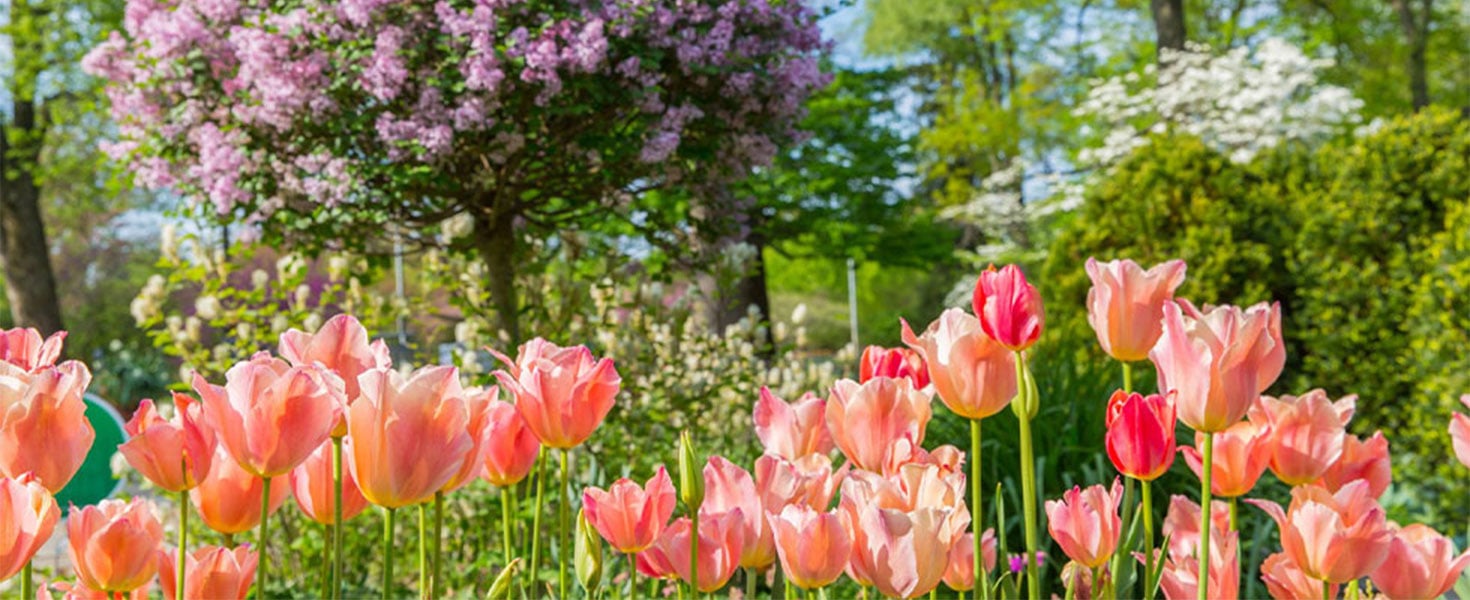

Those looking to keep their garden explorations to an easy weekend away can set their sights on parts of this tour or, even better, focus on a side trip to Chicago, where four notable public gardens are clustered.
Serious road trippers may be more inclined to take on the 976-mile tour that takes you south from the shores of Lake Erie in Ohio through the central part of the state to Indianapolis, turning south to Kentucky and then northeast to the final destination in Morgantown. This AAA scenic route includes portions of the old 3C Highway, the National Road, the Kentucky Bourbon Trail, the scenic foothills of the Appalachians and historic US 50.
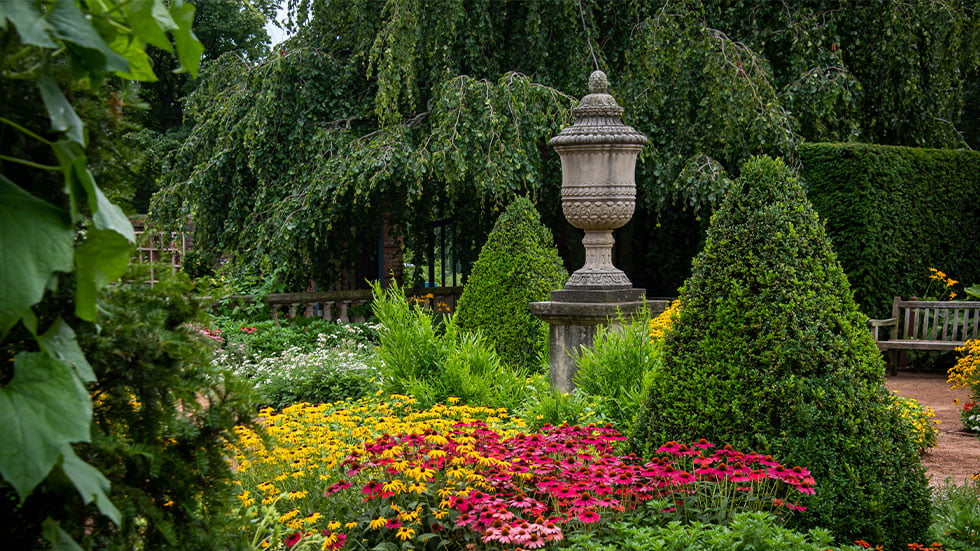
ILLINOIS
CHICAGO BOTANIC GARDEN—CHICAGO
847-835-6801 | chicagobotanic.org
Opened in 1972, the Chicago Botanic Garden has grown into one of the world’s leading conservation science centers. It is home to the Joseph Regenstein Jr. School of the Chicago Botanic Garden, which offers nature-based learning through more than 1,500 classes, programs and events. Guests can explore the garden by foot or tram.
ILLINOIS
MORTON ARBORETUM—CHICAGO
630-968-0074 | mortonarb.org
The Morton Arboretum is an internationally recognized tree museum and tree research center, earning it the moniker Champion of Trees. Located on 1,700 acres, the arboretum boasts a collection of 4,600 different kinds of plants along 9 miles of roads and 16 miles of trails.
ILLINOIS
LURIE GARDEN—CHICAGO
312-228-1004 | luriegarden.org
Lurie Garden, located in Millennium Park, features a contemporary design inspired by the prairies and woodlands typical of northeast Illinois. The garden provides a healthy habitat for a wide variety of plants, animals and insects. A highlight is the 15-foot-high hedge that serves as a representation of Carl Sandburg’s description of the City of Big Shoulders in his poem “Chicago.”
ILLINOIS
GARFIELD PARK CONSERVATORY—CHICAGO
773-638-1766 | garfieldconservatory.org
Garfield Park Conservatory occupies 2 acres of greenhouse space and 10 acres of outdoor gardens. One of the country’s largest conservatories, it’s been described as “landscape art under glass.” Reservations are required.
Midwest garden lovers with time to spare will want to give a serious look at the extended tour that follows.
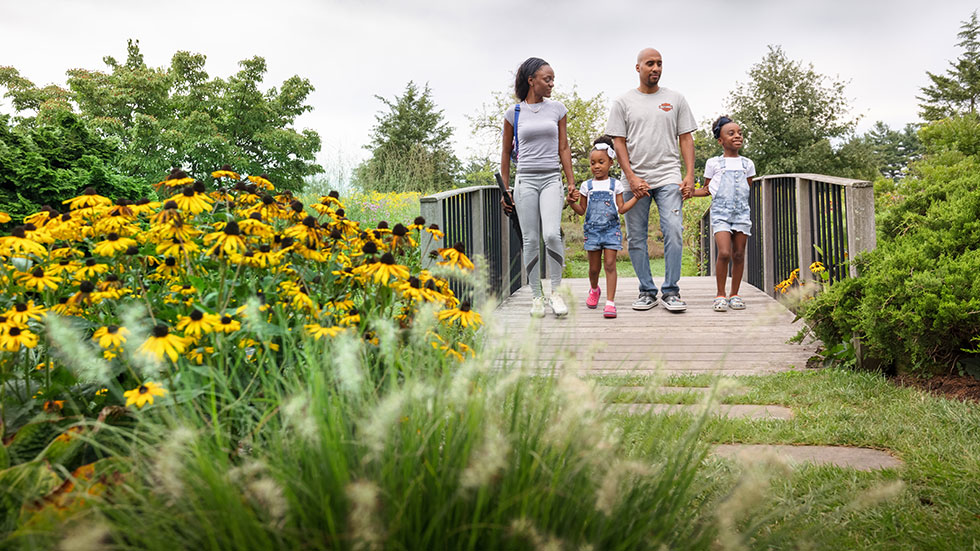
OHIO
HOLDEN FORESTS & GARDENS—KIRTLAND
440-946-4400 | holdenfg.org
This prized northeast Ohio destination comprises Holden Arboretum and Cleveland Botanical Garden, making it the country’s 12th-largest public garden at 3,500 acres.
More than 20 miles of trails wind through Holden. Among its highlights is the 20-acre Helen S. Layer Rhododendron Garden, where more than 500 cultivated varieties are on display. Another jewel of this grand dame is the Eleanor Armstrong Smith Glasshouse, which features examples of two highly fragile ecosystems: the spiny desert of southwest Madagascar, listed as one of the 200 most important ecological regions in the world, and the Monteverde Cloud Forest of Costa Rica, often referred to as nature’s terrarium due to the diversity of life it supports.
Also here, the Murch Canopy Walk invites guests to stroll along a 500-foot-long elevated walkway that rises 65 feet above the forest floor, providing an entirely new visual perspective. The walkway leads to the Emergent Tower, a 120-foot-tall climbable wooden structure affording panoramic views off the southern shore of Lake Erie.
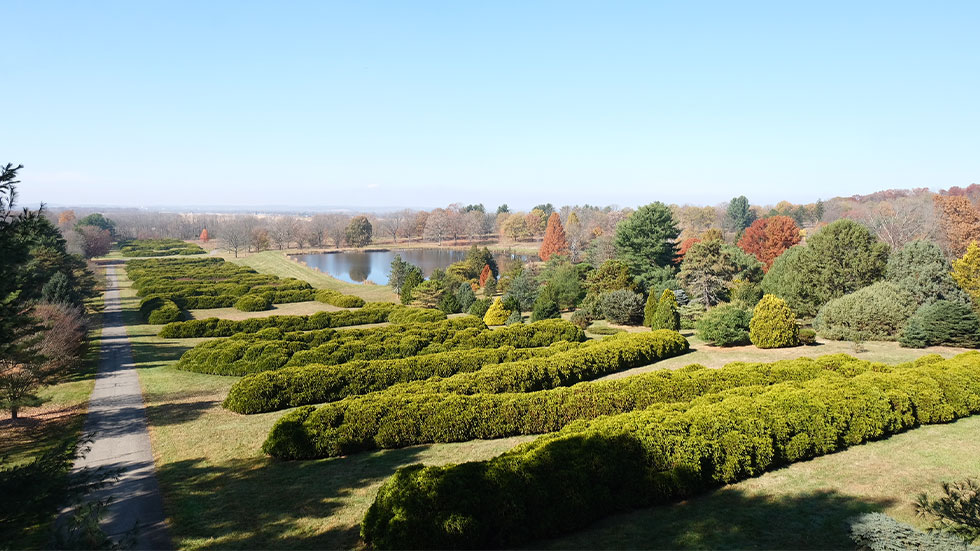
OHIO
THE DAWES ARBORETUM—NEWARK
740-323-2355 | dawesarb.org
The Dawes Arboretum—established in 1929 by Beman Dawes and his wife, Bertie, “to give pleasure to the public and education to the youth”—has grown to nearly 2,000 acres from the original 293. Beman’s passion was trees, and he strove to obtain specimens from all over the world that would survive in central Ohio. The Dawes clan planted some 50,000 trees.
The arboretum features an impressive 14-plus miles of hiking trails through wetlands, gardens, woodlands and natural areas, as well as a 4-mile auto tour through the grounds. Also, check out the Bald Cypress Swamp, one of the northernmost examples of this type of swamp, and the classically designed Japanese Garden.
Dawes is also known for the Daweswood House Museum, where guided tours are provided May through October (Wednesday through Sunday).
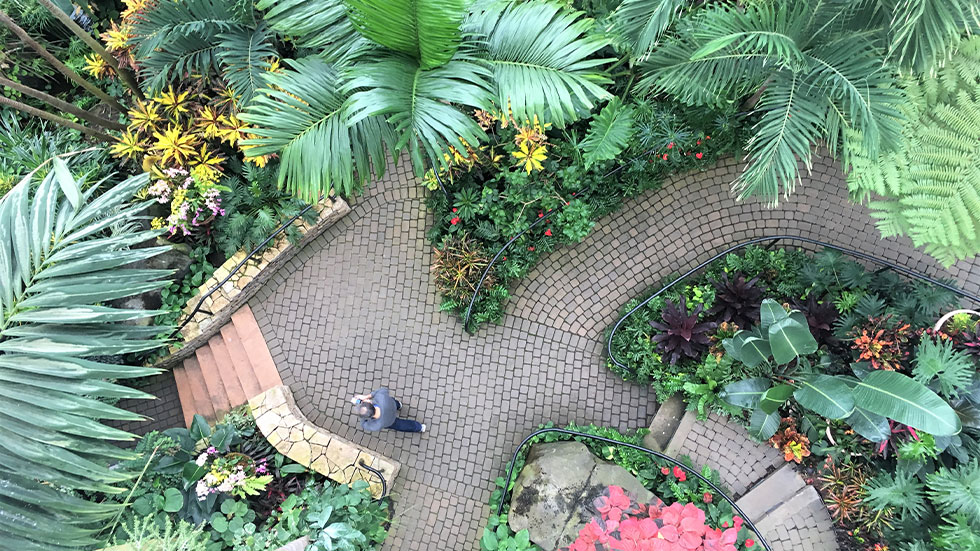
OHIO
FRANKLIN PARK CONSERVATORY AND BOTANICAL GARDENS—COLUMBUS
614-715-8000 | fpconservatory.org
The first thing that stands out at the Franklin Park Conservatory is the grand Palm House, a Victorian-style glass greenhouse that opened to the public in 1895 and is now listed on the National Register of Historic Places.
The botanical gardens are made up of a half-dozen themed areas. Kids will delight in the 2-acre Children’s Garden. The Crane Ornamental Grass and Conifer Collection displays the diversity among coniferous plants and grasses, while the Grand Mallway features colorful perennial beds. The Celebration Garden, with its perennial flower beds and white redbud trees, provides the perfect backdrop for weddings, while the Daylily Garden puts on a grand show from late spring through summer with its 850 varieties of blooming daylilies. Rounding out the themed gardens is the Wells Barn Garden, which introduces native plants and sustainable gardening as well as plants that attract wildlife and more.
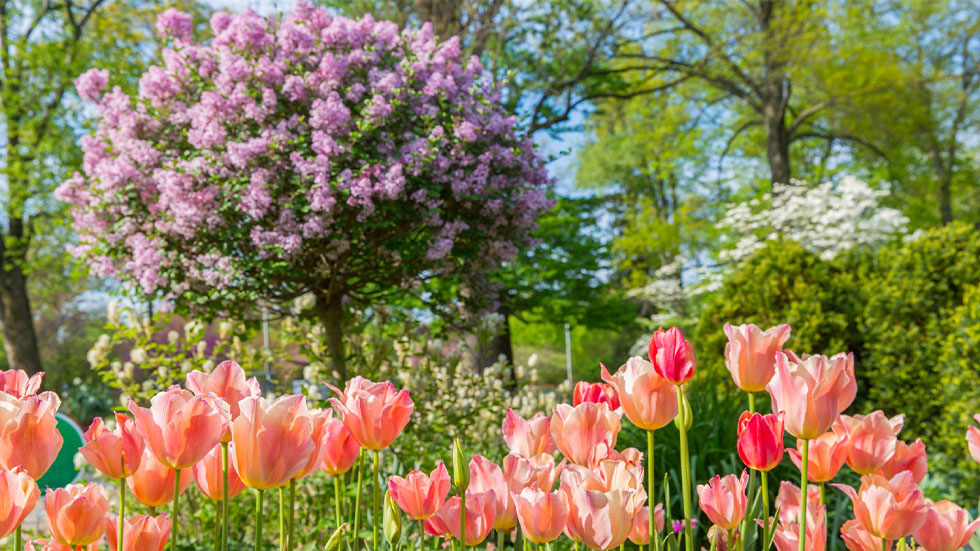
INDIANA
THE GARDEN AT NEWFIELDS—INDIANAPOLIS
317-923-1331 | discovernewfields.org
Newfields is a bit unusual in that it serves as a visual and music art space as much as it does as a public garden. This 152-acre cultural campus, home to the Indianapolis Museum of Art, features 52 acres across eight distinct gardens, including the Dickinson Four Seasons Garden, named for the four putti statues representing each of the four seasons. This garden was designed by Anne Bruce Haldeman and Louise Leland, two of the earliest female landscape architects.
The Garden, as it is known, features both contemporary and historic gardens. Also featured is The Virginia B. Fairbanks Art & Nature Park, one of the largest art and nature parks in the country. This 100-acre rural oasis includes a 35-acre lake, woodlands, wetlands and the largest native pollinator meadow in Indianapolis.
Another prominent feature of Newfields is the Lilly House, a stunning 20th-century French-inspired country estate, designated a National Historic Landmark.
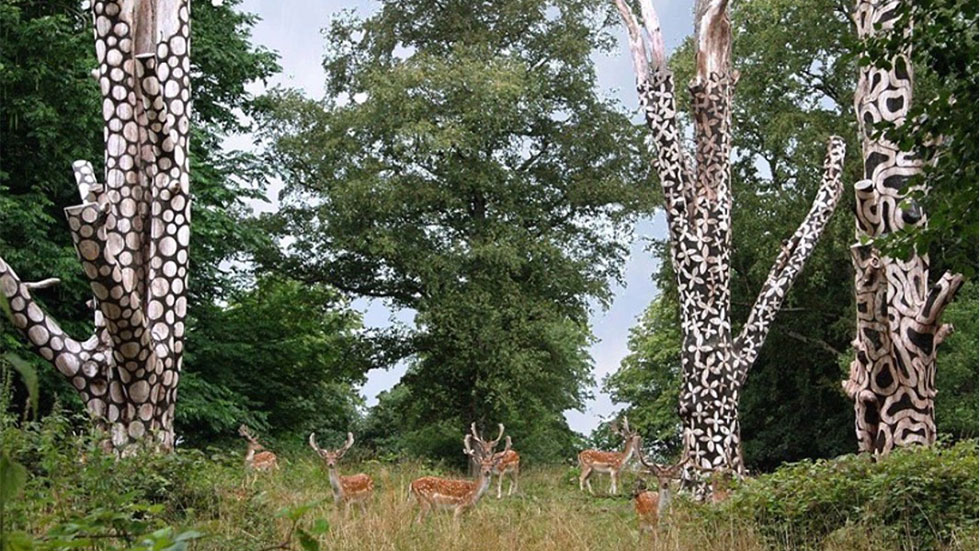
KENTUCKY
BERNHEIM ARBORETUM AND RESEARCH FOREST—CLERMONT
502-955-8512 | bernheim.org
Isaac W. Bernheim, a German immigrant who found his way to Kentucky in the latter half of the 19th century, made a fine living as a bourbon distiller. In 1929, he purchased and endowed what would become known as the Bernheim Forest, which now encompasses 16,000 acres, becoming a nationally recognized 600-acre arboretum. What is remarkable is that the land had been devastated by the iron ore industry at the time of its purchase by Bernheim, leaving it nearly devoid of trees.
Bernheim’s impressive range of attractions includes a short Canopy Tree Walk, which resembles a fishing pier, leading guests—standing 75 feet above the forest floor—to a grand view of the rolling Kentucky landscape. Also notable are the Edible Garden, which demonstrates ecological stewardship, and Playcosystem, a 10-acre natural playground for younger guests.
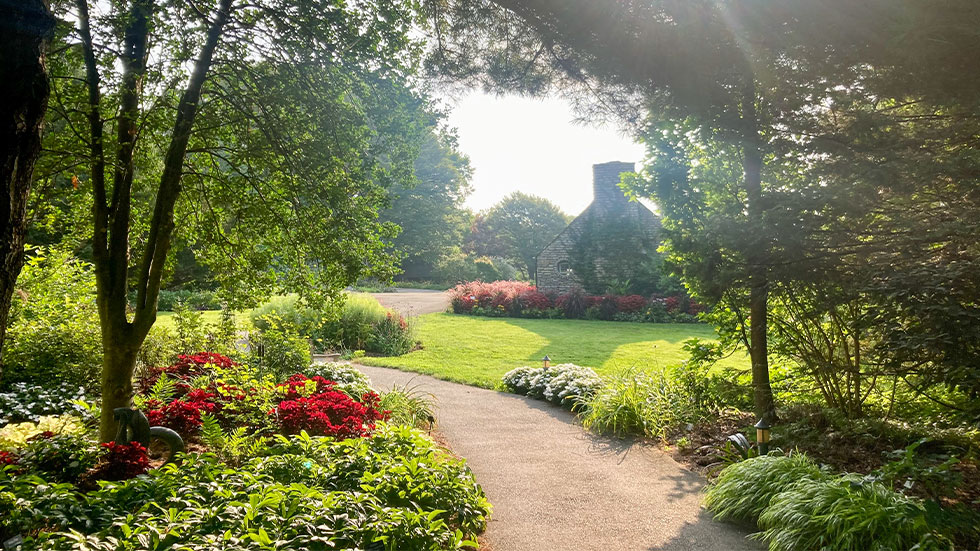
KENTUCKY
YEW DELL BOTANICAL GARDENS—CRESTWOOD
502-241-4788 | yewdellgardens.org
In 1941, Theodore and Martha Lee Klein bought 34 acres outside Louisville to build a farm and nursery. In time, their operation, which specialized in yews and hollies, became one of the region’s most successful ornamental plant nurseries. Theodore was an avid plant collector, and after his death, volunteers raised funds to purchase the property and share its treasures with the public. In 2010, Yew Dell was added to the National Register of Historic Places and was named by Horticulture Magazine as one of the nation’s top Destination Gardens.
The signature landmark of this destination is the Yew Dell Castle, which serves as the centerpiece of Yew Dell, with 60 acres of sprawling gardens, meadows and woodland trails.
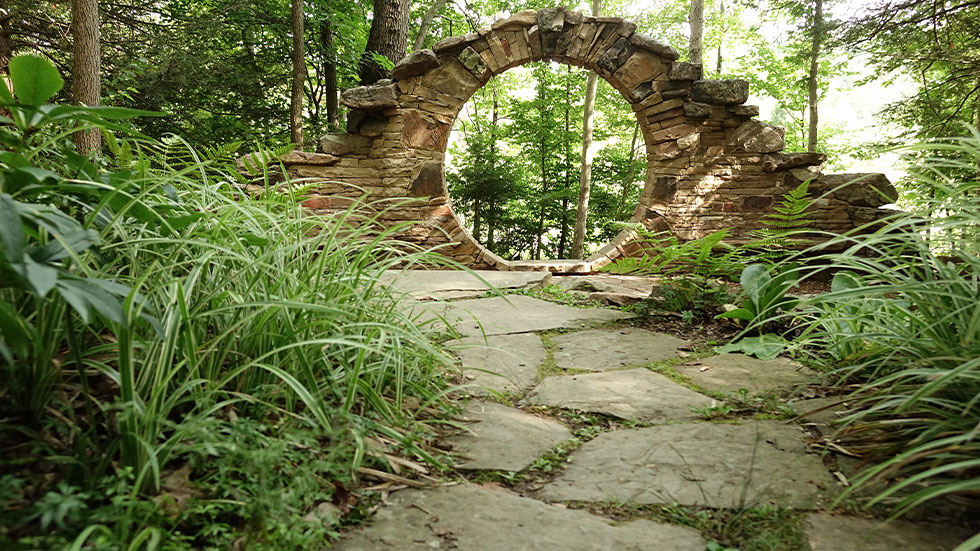
WEST VIRGINIA
WEST VIRGINIA BOTANIC GARDEN—MORGANTOWN
304-322-2093 | wvbg.org
The West Virginia Botanic Garden (WVBG) at Tibbs Run Preserve lays claim to being the state’s “flagship garden.” It encompasses 85 acres and features more than 4 miles of trails through wetlands, a virgin hemlock forest and several garden areas. While most of the land is wooded, the WVBG features a large variety of plants that thrive in the region’s climate in both designed and natural settings.
Eight interconnected trails wind through the preserve, each less than a mile long. Of particular note is the Reservoir Loop Trail, which encircles the entire reservoir basin. This interpretive trail tells the history of this area and its role in bringing clean drinking water to Morgantown. Other notable trails include the Barred Owl Trail, which begins in open forest changing to hemlocks, and the Forest Trail, which leads to the Low Cliff Overlook, said to be one of the staff’s favorite spots in the garden.
For a list of public gardens and arboretums near you, visit the American Public Gardens Association.
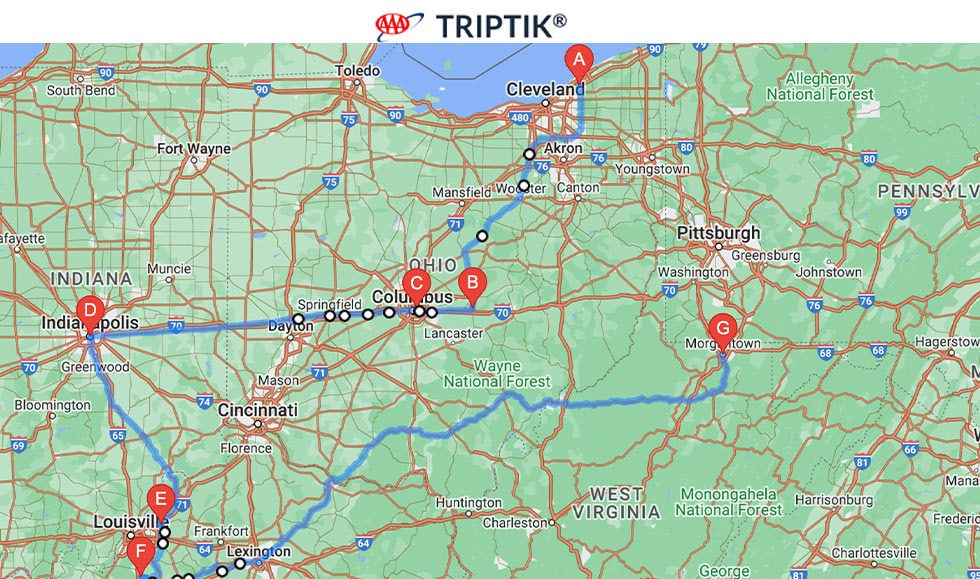
Are you inspired to set out on this garden-themed road trip? We’ve mapped it out for you with a AAA TripTik.
KIRTLAND TO MORGANTOWN:
A: Holden Forests & Gardens—Kirtland, Ohio
B: The Dawes Arboretum—Newark, Ohio
C: Franklin Park Conservatory and Botanical Gardens—Columbus, Ohio
D: The Garden at Newfields—Indianapolis, Indiana
E: Yew Dell Botanical Gardens—Crestwood, Kentucky
F: Bernheim Arboretum and Research Forest—Clermont, Kentucky
G: West Virginia Botanic Garden—Morgantown, West Virginia
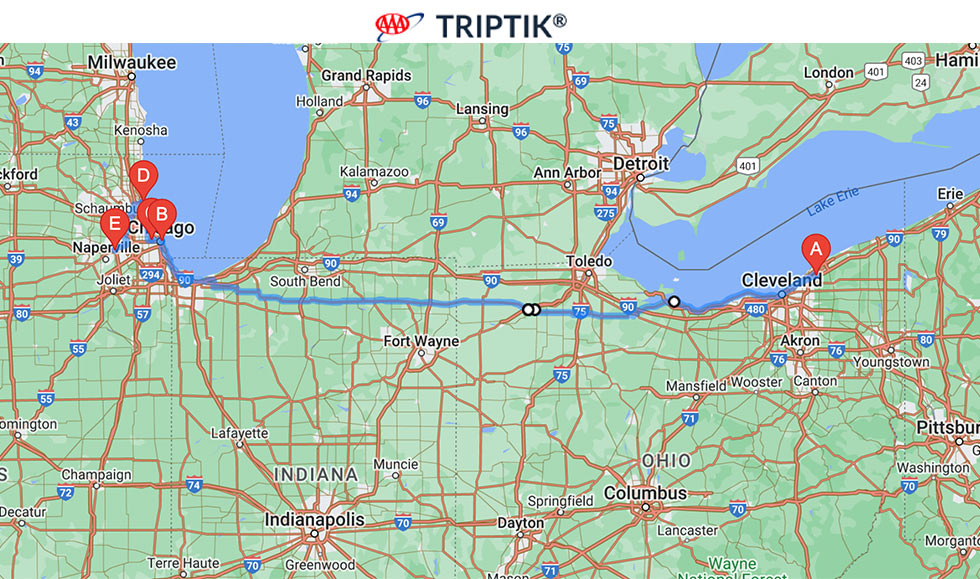
Are you inspired to set out on this garden-themed road trip? We’ve mapped it out for you with a AAA TripTik.
KIRTLAND TO CHICAGO:
A: Holden Forests & Gardens—Kirtland, Ohio
B: Lurie Garden—Chicago, Illinois
C: Garfield Park Conservatory—Chicago, Illinois
D: Chicago Botanic Garden—Glencoe, Illinois
E: Morton Arboretum Visitor Center—Lisle, Chicago, Illinois
